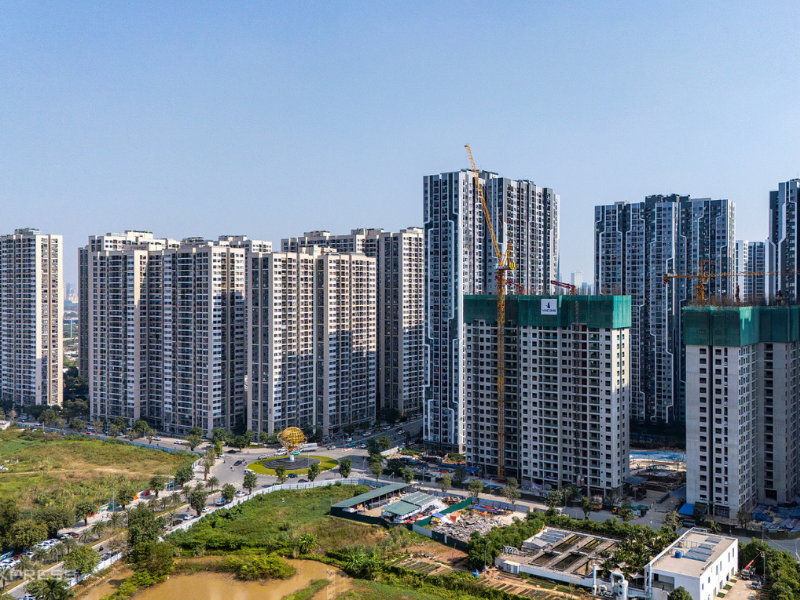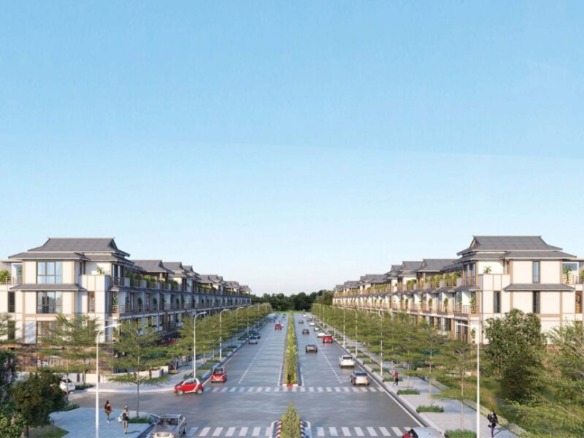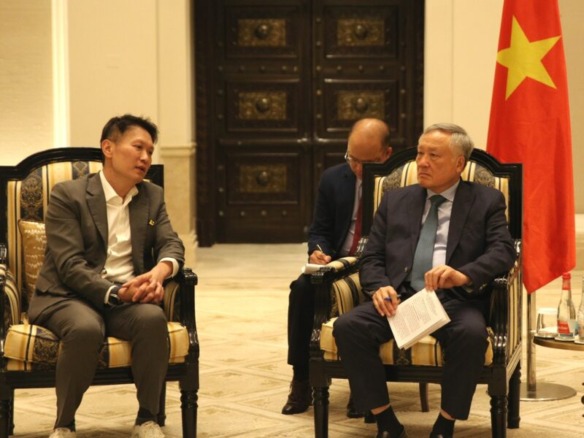Contents
Hanoi Foreign Housing Market Overview
Hanoi foreign housing has emerged as a dynamic sector in Vietnam’s capital, drawing global investors amid rapid urbanization. Since legal reforms in 2015 allowed foreigners to own properties, the market has seen significant growth. By 2025, foreign direct investment (FDI) in real estate reached over $21 billion in the first half, with 24% allocated to property developments. This influx reflects Hanoi’s robust GDP growth of 6.5%, positioning it as a top destination for cross-border investments. Moreover, infrastructure projects like metro lines and airport expansions enhance accessibility, boosting property values in key districts.
However, challenges persist, including land ownership restrictions rooted in state control. Despite this, Hanoi foreign housing offers high rental yields, averaging 8% in A-grade offices and apartments. Investors from Singapore, South Korea, and Japan dominate, focusing on luxury condominiums and mixed-use developments. Additionally, the city’s population growth from 6.8 million in 2011 to 8.4 million in 2022 fuels demand for secure, amenity-rich housing.
Benefits of Investing in Hanoi
Investing in Hanoi foreign housing provides substantial advantages for international buyers. For instance, the revised Housing Law of 2023 extends ownership rights, creating a secure environment for long-term commitments. Therefore, expats and investors enjoy liquidity through resale options, which were previously limited. Furthermore, high-end properties in districts like Tay Ho and Dong Anh offer gated communities with Korean-style designs, catering to foreign lifestyles.
In addition, rental markets thrive due to tourism and manufacturing booms. Coastal influences indirectly benefit Hanoi, but local factors like low crime indices and urban planning prioritize safety. As a result, properties in well-developed areas command premium prices, with occupancy rates exceeding 90%. Nevertheless, buyers should align strategies with market maturity to maximize returns.
Challenges and Risks in Foreigners Housing
While Hanoi foreign housing booms, potential risks require careful consideration. Legal ambiguities around land use rights can complicate transactions, though recent reforms mitigate some issues. Additionally, supply shortages in central areas drive prices up, making entry barriers high for average investors. However, government efforts to adjust property structures address demand mismatches.
Moreover, economic fluctuations, such as inflation, could impact yields. Yet, with FDI surging 70% in 2024, stability appears strong. Therefore, diversifying into industrial or resort-linked properties reduces risks. In summary, thorough due diligence ensures successful navigation of this vibrant market.
Future Trends for Foreign Housing
Looking ahead, Hanoi foreign housing is poised for continued expansion. Projections indicate sustained price appreciation due to limited land and rising expatriate inflows from tech and manufacturing sectors. For example, Korean investments have created clustered communities, altering urban landscapes. Furthermore, smart city projects, like the $4.1 billion Dong Anh development, attract more foreign capital.
Additionally, sustainability trends, including green buildings, will shape preferences. As Vietnam integrates into global supply chains, Hanoi benefits from nearshoring. However, overvaluation concerns, echoed in online discussions, suggest monitoring bubble risks. Overall, strategic investments promise rewarding outcomes in this evolving sector.
Ready to start your journey in Vietnam? Whether you’re seeking seamless migration services, visa, a work permit, or Real Estate Services such buyer agents, management, development. Our expert team at Migration and Investment Link is here to guide you every step of the way. Don’t miss out—leave your details now for A FREE CONSULTATION and let us turn your Vietnam dreams into reality!





Join The Discussion